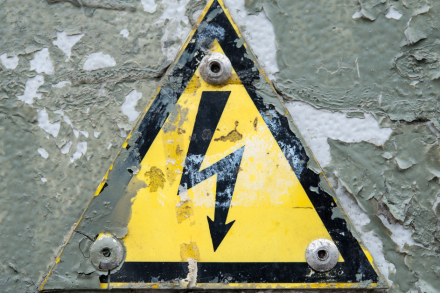
We’ve all had moments in our lives when we’ve narrowly avoided physical harm in the workplace.
Whether you barely caught yourself from slipping on an icy walkway, almost tripped over a misplaced toolbox, or nearly placed your hand in moving machinery, these incidents are wake up calls to the ever-present dangers around us. These, “whoa, that was a close one” moments are known as near misses — and they should be taken just as seriously as actual accidents.
According to the National Safety Council (NSC), the difference between a near miss and an accident could be a fraction of an inch or a split second in time. The NSC maintains that a near miss is an accident waiting to happen, with safety experts believing many accidents are preceded by at least one near miss. The NSC states that if the hazards that cause near misses are not corrected, sooner or later there will be an accident, and someone could get hurt.
The first thing you should do in the case of a near miss in the workplace is notify your supervisor. Once notified, your organization can properly perform an incident investigation, which is not used to find fault, but rather to understand why the event occurred and what corrective actions need to be taken. It is imperative that the incident is brought to light as soon as possible so that the hazard can be addressed and future incidents can be prevented.
In Near-Miss Reporting: A Missing Link in Safety Culture, author Mike Williamsen writes, “We want to develop a culture that doesn’t wait until someone is injured, but identifies the risk before it happens.” Unfortunately, many employees are hesitant to report near misses so Williamsen offers the following tips to overcome this problem (as cited by Business & Legal Resources):
- Clarify the expectation that employees report unsafe conditions or risks.
- Provide employees with safety training.
- Offer strategies to measure how near-miss reporting improves safety performance.
- Recognize and reward employees for proactive safety engagement.
There are risks in even the most menial situations so be sure to follow your organization’s safety practices, wear proper personal protective equipment, and be on the lookout for potential hazards. The safety of yourself and your coworkers should be your number one priority. By addressing and fixing hazards as they are identified you will significantly reduce the risk of accidents and injuries in the workplace.





